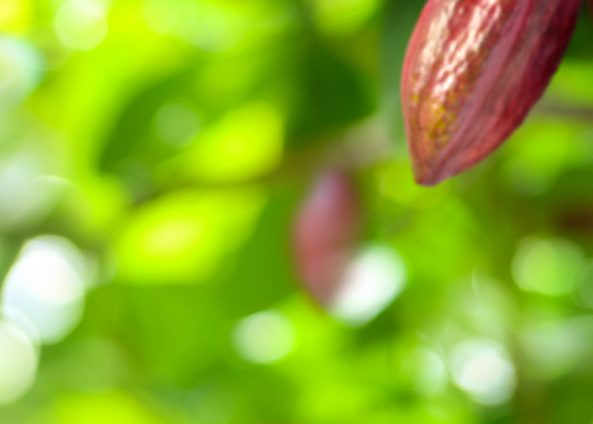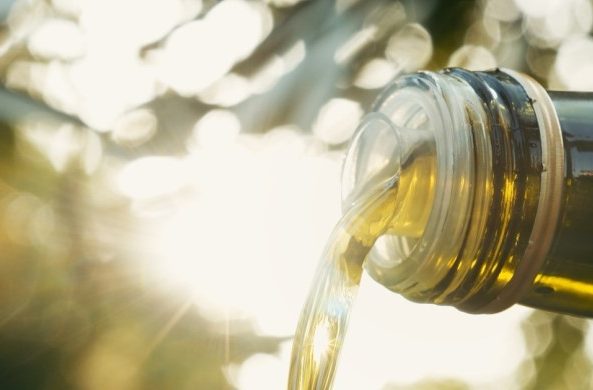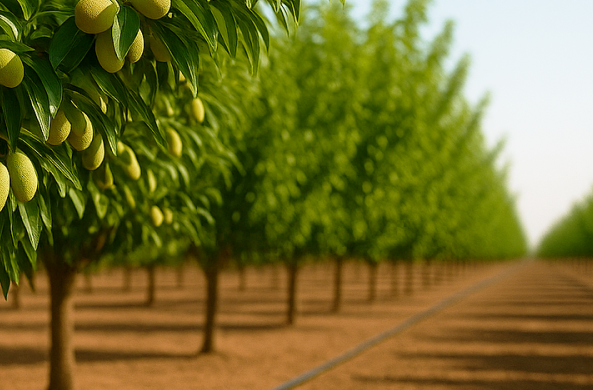
Direct seeded onions and brassicas
Onion production on sandy loam soils using close emitter spaced drip tape
A grower was accustomed to using drip tape to irrigate their cantaloupe fields and when decided to commence growing onions, wanted to make it work for the new crop.
In the initial seasons, the onions were sown into three dual rows across a standard width bed with the drip tape installed sub-surface between rows 1 & 2 and 2 & 3.
The two lines of drip tape product used was 510-15-220 (510-06-58) with a 0.33L (0.09gal)/hr emitter to match the soil type. This configuration was able to provide the width of moisture across the top of the bed required to germinate the three rows of seeds.
Initially the grower started with a configuration of two lines of drip tape and three dual rows of seeds as shown in the images below:
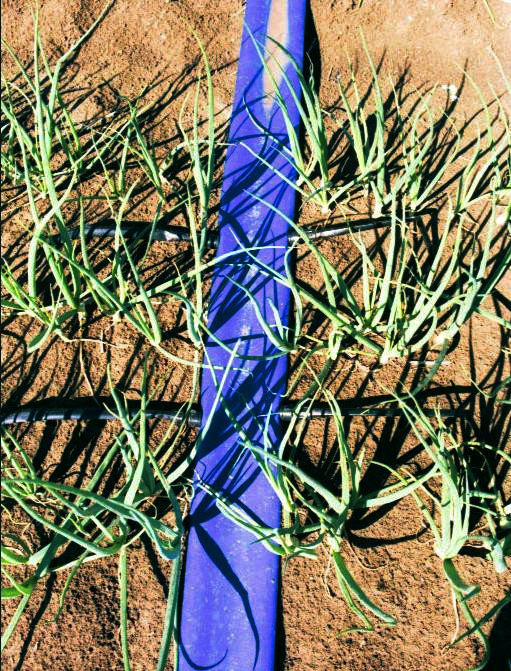
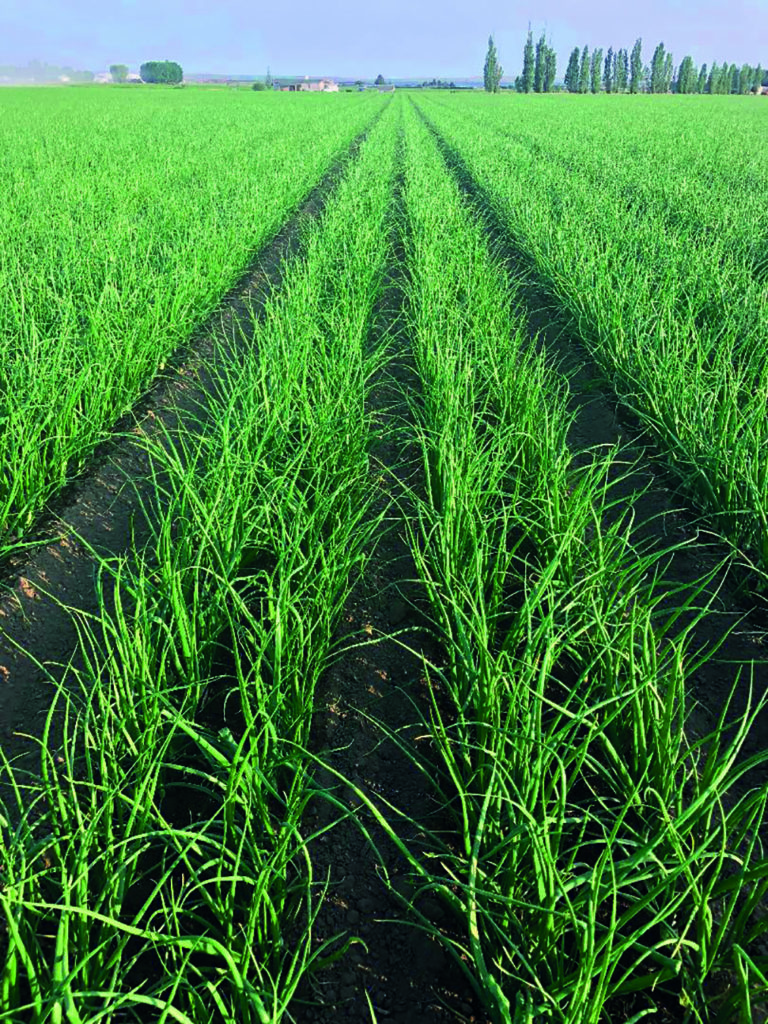
After proving the success of this row configuration over several seasons, the grower changed the configuration to include four dual rows of seeds and dual drip tape lines on each bed. This had the benefit of improved productivity per linear distance of bed and reduced the cost of drip tape per unit of crop output.


After several seasons using the four seed row and dual drip tape line configuration, the grower reconfigured the bed entirely. The latest bed configuration is six dual rows of seeds and three lines of drip tape on a 2m (6.6ft) wide bed.

The latest configuration allows the grower to harvest the onions leaving the drip tape lines in place. The central drip tape line is then removed prior to planting brassica seedlings and irrigating with the remaining dual drip tape lines. This has resulted in extending the costs associated with pulling up the bed and the drip tape set-up across two high value horticulture crops. This has improved the cost of operation and reduced the labor required to manage the fields, while maintaining the benefit that drip tape brings to horticultural production.
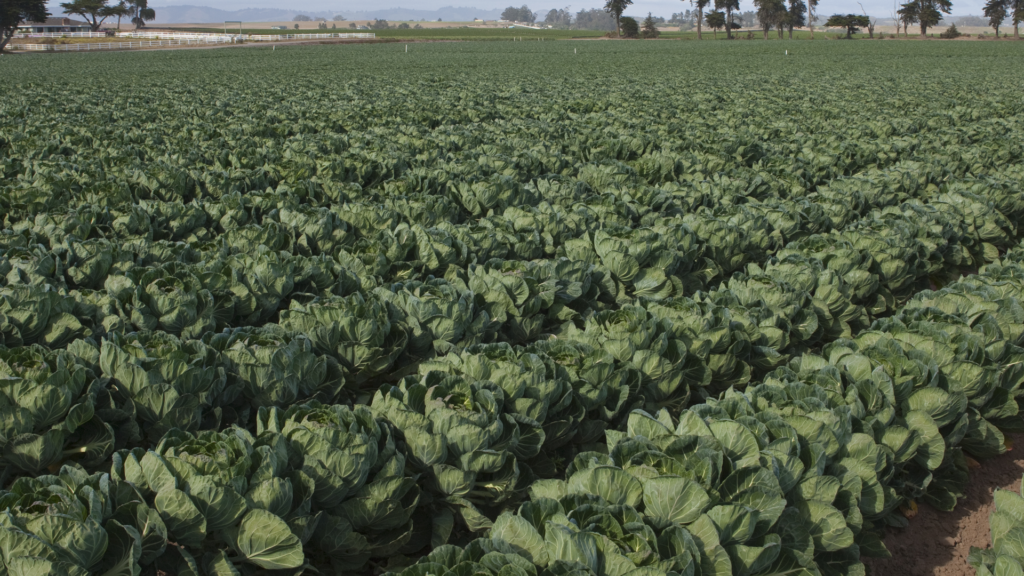
The reasons the grower chose Rivulis T-Tape with close emitter spacing included the following:
- Matched irrigation management with other horticulture crops grown on the property.
- Water use efficiency.
- Less inter-row weed management compared to overhead irrigation.
- Evenness of harvested onions.
- Flexibility to double crop the plant beds.
Want to know more? Download the full guide here >>


